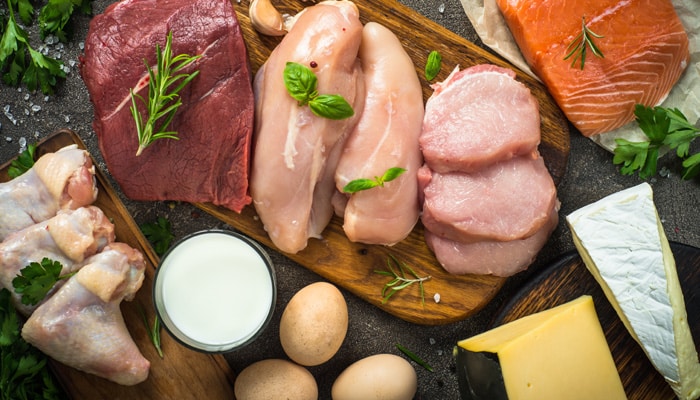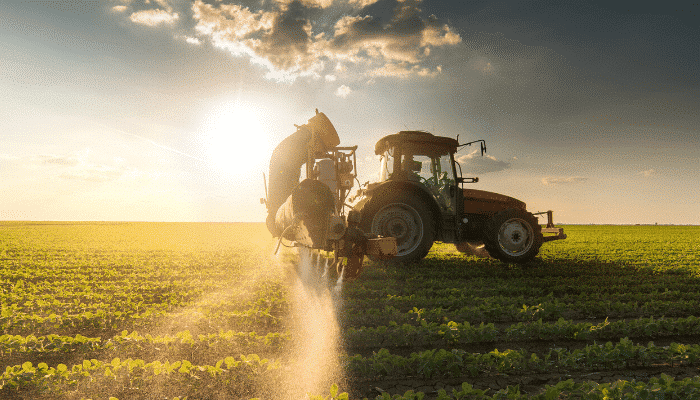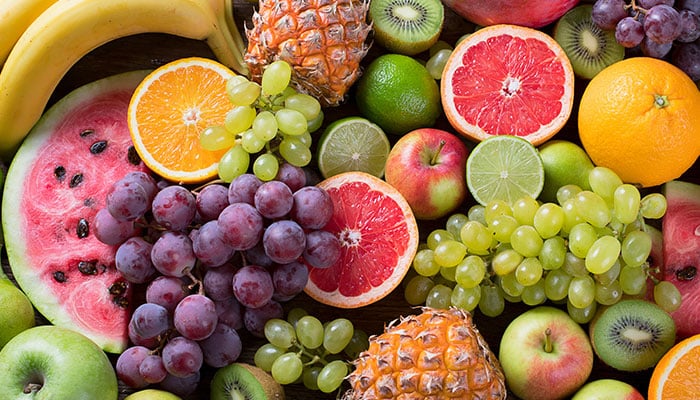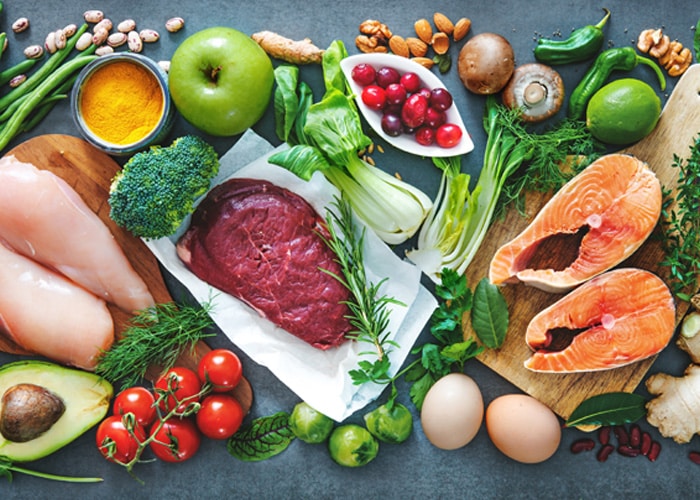
Article réservé aux abonnés


PFAS are substances that are or have been used in many industrial and commercial applications. Their frequent use, combined with their persistence in the environment, has led to widespread environmental contamination.
Contamination of foodstuffs by perfluoroalkyl substances is mainly due to their bioaccumulation in aquatic and terrestrial food chains.
The latest EFSA opinion, dated July 2020, concludes that PFOS, PFOA, PFNA and PFHxS may have developmental effects, have adverse effects on serum cholesterol, the liver and the immune system, and affect birth weight.
A tolerable weekly intake (TWI) of 4.4 ng/kg body weight has been set for the sum of PFOS, PFOA, PFNA and PFHxS.
Regulation (EU) 2022/2388 sets maximum levels for PFOS, PFOA, PFNA, PFHxS and the sum of the 4 in the following foodstuffs:
- Eggs
- Meat products: meat and edible offal
- Fishery products: fish, crustaceans and bivalve molluscs.
These maximum levels have been applicable since 1 January 2023.
Recommendation (EU) 2022/1431 sets guide values for PFOS, PFOA, PFNA and PFHxS in the following foodstuffs:
- Fruit and vegetables
- Milk
- Baby food
These values should not prejudice the possibility of marketing, but investigations should be carried out if they are exceeded.
It is also recommended to monitor PFAS in seaweed, cereals, nuts, oilseeds, foods for infants and young children, foodstuffs of animal origin, non-alcoholic drinks, wine and beer.
Your laboratory can analyse 17 PFAS in foodstuffs, including the 4 regulated ones: PFOS, PFOA, PFNA and PFHxS.
Need technical, regulatory or pricing information? Our customer service is available from 8am to 7pm Monday to Friday on 0 800 900 775 or service-clients@phytocontrol.com




